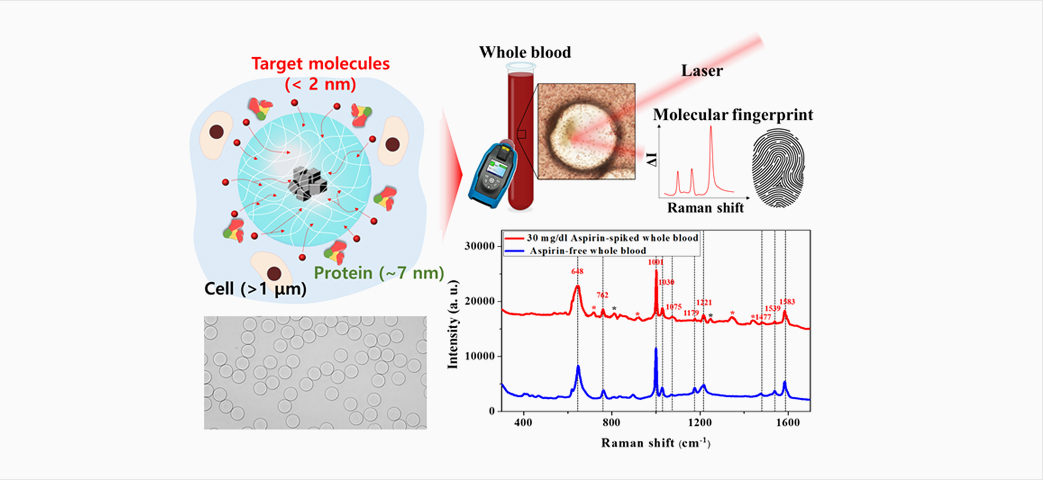On Dec. 18th 2017, the National Academy of Engineering of Korea (NAEK) selected top 100 technologies and announced 238 leading experts that will play a leading role in future. The planning task force of NAEK suggested future vision, Growing Society, Smart Society, Sustainable Society, Healthy Society, and Safe Society, to secure economic dynamism and improve the quality of life of the people. The selection committee was comprised of 120 scientists and engineers from industry, academia, and research institutes, and the selections criteria focused on potential contribution to industrial development and commercialization by year 2025.
Four faculties at KAIST CBE, Prof. Jae W. Lee, Prof. Hee-Tak Kim, Prof. Sung Gap Im, and Prof. Shin-Hyun Kim, were chosen as technology leaders who will lead the country's industries in the future. KAIST CBE has the honor of having the largest number of professors selected for all the departments in universities.
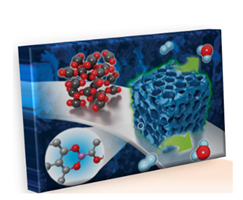
Field : CCS and Storage Plant for Sustainable Society
Technology : Energy-Efficient Conversion of CO2
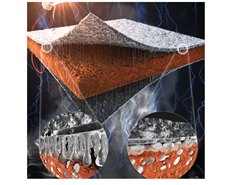
Field : Automobile for Growing Society
Technology : 3D Interlocking Interfacial Layer for Fuel Cells
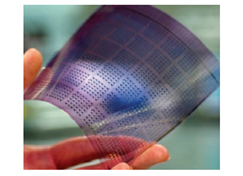
Field : Next-Generation Display Material / Process / Equipment Technology
Technology : Ultrathin Polymer Insulator for Soft Electronics
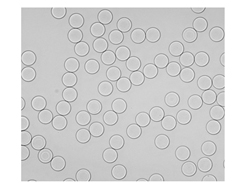
Field : Bio & Health for Smart Society
Technology : SERS-active Microgel with Selective Permeability
Prof. Jae W. Lee's group has developed an energy-efficient technology to convert CO2 to value-added carbon materials in the field of CCS and Storage Plant for Sustainable Society. Up to now, the main hurdle in utilization of carbon dioxide has been the extreme conversion conditions that leads to large energy consumption and overproduction of CO2. Prof. Lee and his research team have used NaBH4 as a reducing agent for the conversion, which contributes to securing CO2 as a carbon source and mitigating CO2 emission. Moreover, this CO2 conversion route only requires mild temperature of 500°C at atmospheric pressure. Prof. Lee's team demonstrated promising and stable performance using this technology, making it possible for the method to be applied to various fields such as energy storage, catalyst, and adsorption. The simple and CO2 utilizing green synthesis method is still open to potential improvements and diversification.
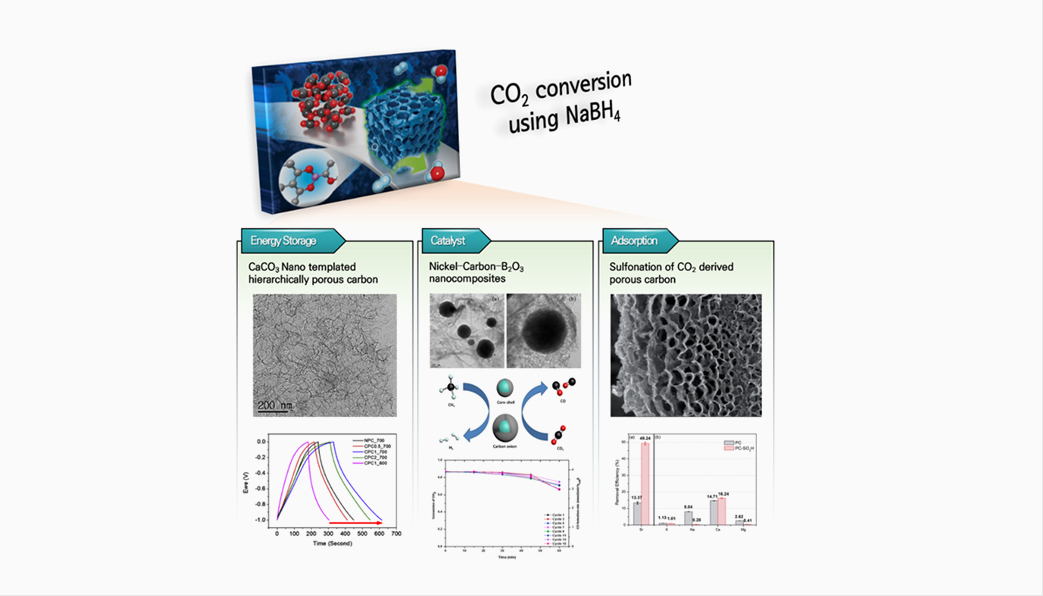
Prof. Hee-Tak Kim's group has developed an interface-interlocking technology for fuel cells in the field of Automobile for Growing Society. The physical interlocking that can tightly bind a cost-effective hydrocarbon membrane and a Nafion catalyst layer in polymer electrolyte membrane fuel cells (PEMFCs) is of great importance to pave the way for lower-cost, higher-efficiency and more easily manufactured PEMFCs. Up until now, the challenge in adopting such a hydrocarbon membrane has been the poor adhesion between the electrode and hydrocarbon membrane, which causes the membrane to delaminate relatively easily and fall apart. Prof. Kim and his research team has developed new fastening systems that bond the two materials mechanically rather than chemically. Similar to Leg-blocks, these two materials are three-dimensionally interlocked, which significantly improves the adhesion and enhances the durability of the PEMFC by 20 fold. This technology opens the way to the development of fuel cell membranes that are less expensive, easier to manufacture, stronger, and more efficient.
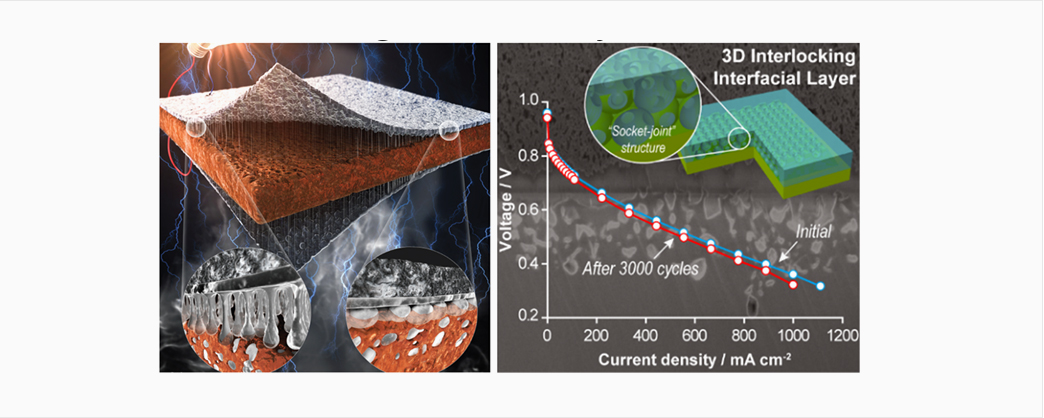
Prof. Sung Gap Im's group has designed ultra-thin polymer insulators with high performance in the field of Display for Growing Society. It is a very important challenge make flexible gate insulator of thin film transistors (TFTs) with organic materials. To meet a wide range of requirements for next-generation electronic devices, Prof. Im and his research team prepared a versatile polymeric insulating layer via one-step, solvent-free technique, iCVD. The iCVD process enables the formation of highly uniform and pure ultrathin films of the insulating polymer scalable down to sub-10 nm with excellent insulating properties. The developed dielectric system will be applied to various devices to demonstrate the capability of future devices enabled by the new dielectric system. The superior dielectric performance will enable the development of new devices including extremely low-voltage driving TFTs and low-power memories. The developed device architecture will be incorporated into flexible, embeddable substrates to guide the direction to future electronic devices.
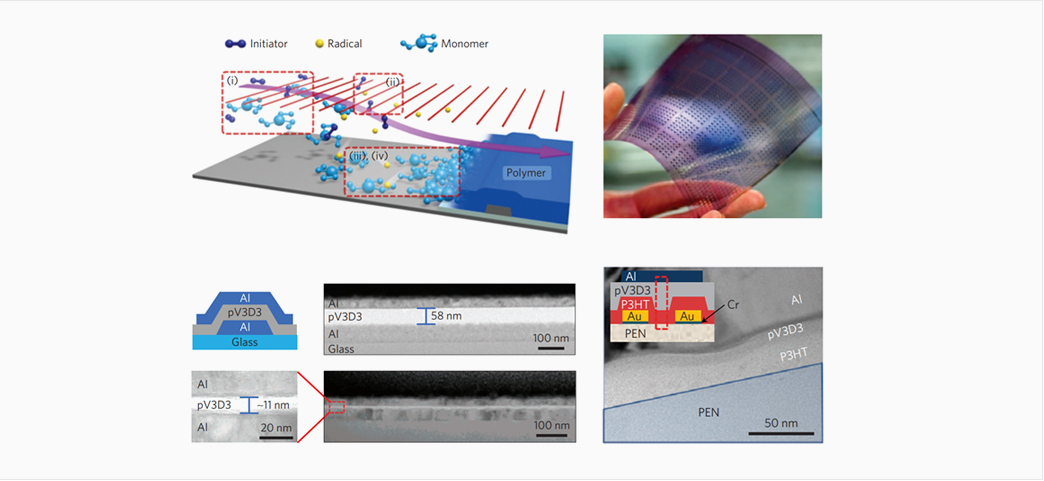
Prof. Shin-Hyun Kim's group has developed SERS-active microgels for molecular detection in field of Bio & Health for Smart Society. Raman spectra have been used as fingerprints for molecular sensing as they are highly molecule-specific. Although Raman intensity can be dramatically enhanced by metal nanostructures through surface-enhanced Raman scattering (SERS), detection of small target molecules in biological fluids without pretreatment of samples is still challenging because large adhesive proteins irreversibly passivate the SERS-active sites. Prof. Kim and his team designed metal nanoparticle-loaded hydrogel microparticles with size-selective permeability. The microgels allow the diffusion of small molecules through the hydrogel mesh while excluding large proteins. Therefore, the small molecules are selectively adsorbed on the metal surface, of which Raman spectra are directly acquired from whole samples without any interruption of large adhesives. The direct detection of small target molecules without sample pretreatment enables the point-of-care analysis of biological samples. The research team has demonstrated the detection of drugs spiked in whole blood and insecticide in egg using the microgels without any sample pretreatment.
